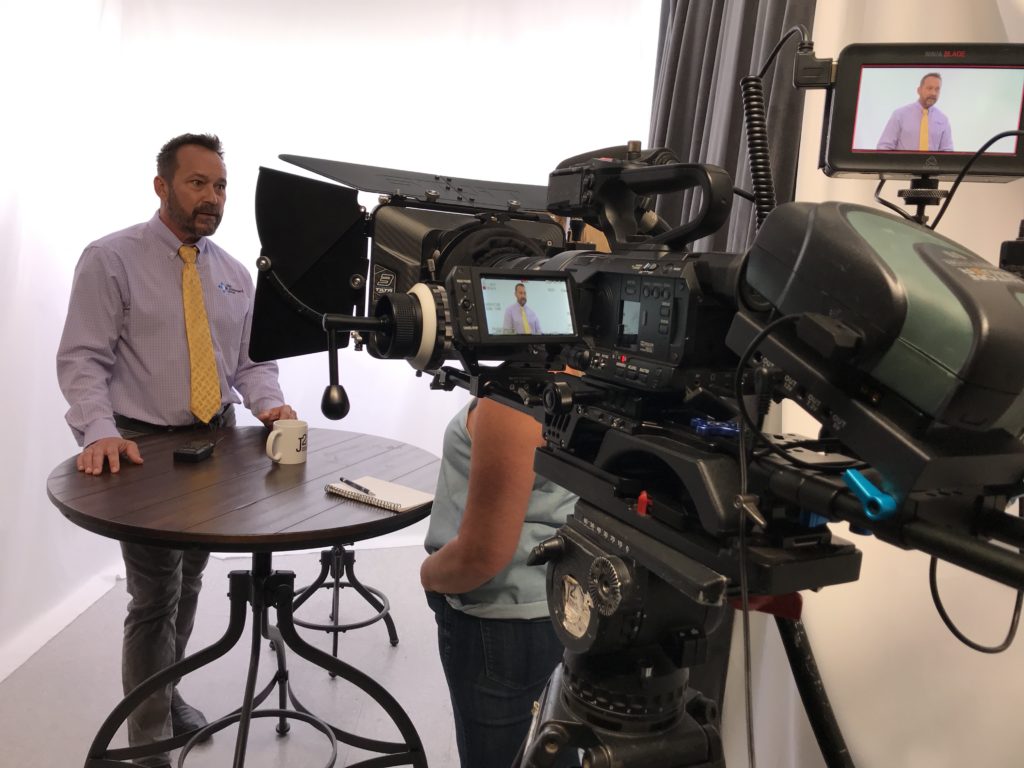 Video as a communication tool has reached a tipping point, transitioning from a nice “extra” into a must-have business strategy for all levels of an organization. Between algorithm updates that favor video to the ubiquitous video platforms targeting young consumers, businesses using video to communicate has quickly become the expected norm.
Video as a communication tool has reached a tipping point, transitioning from a nice “extra” into a must-have business strategy for all levels of an organization. Between algorithm updates that favor video to the ubiquitous video platforms targeting young consumers, businesses using video to communicate has quickly become the expected norm.
While the latest trends may seem far removed from the day-to-day operations of the corporate world, they have a strong impact on how to best use video as a powerful resource.
Less Is More
Although consumer appetite for video is growing, the actual length of videos continues to shrink. Social media platforms like TikTok and Instagram limit video length, while business leader LinkedIn demands small file sizes. The lesson to be learned here is that videos need to be succinct and to the point in order to keep consumer attention. Long introductions, and the old “tell them what you’re going to tell them” model no longer work here.
Diversity and Inclusion Get Animated
With a heightened focus on workplace equity and diversity, audiences are closely monitoring how companies choose to represent themselves. Technology has made simple 2D animation much more affordable, making it easier for companies to cultivate a message that reflects the communities they serve. Astute businesses are using animation to incorporate diversity through age, ethnicity, gender and disabilities, as well as more subtle approaches that include a variety of clothing styles, hair length or even body art.
Personal Messages Still Dominate
Video can be one of the most intimate and human forms of communication, second only to an in-person meeting. The best companies know this and use it to give a peek behind the curtain to consumers or ensure that remote workers still feel included. Ideas include introducing C-suite executives during the onboarding process, showcasing testimonials from happy customers, or offering a behind-the-scenes tour that no one would otherwise ever get to see. Not only are people looking for brands they know, like and relate to, we all know businesses are built on relationships. Communicating through video helps people feel like they know the person they are interacting with and can help develop and nurture those relationships when in-person meetings are not possible.
Training and Technology
Budgets around technical training, certifications, speakers and travel are being dramatically reduced as businesses capture corporate training, speakers and even day-to-day regulations on video. Especially with the advent of remote workers, it increasingly makes financial sense to record these unique opportunities and share them electronically at the convenience of the employee.
Jane Poston is co-owner of J2 Media, a video production company based in Chandler, Ariz., with a focus on helping corporations and small businesses tell their stories through vide.


















